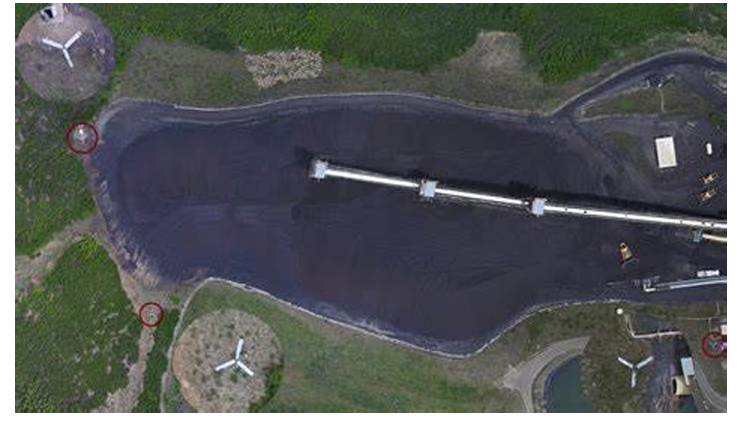Coal mining management involves overseeing the entire process of coal extraction from planning and development to production and rehabilitation. Effective management ensures the safe, efficient, and environmentally responsible extraction of coal resources to meet energy demands.
Planning and Development
Coal mining management begins with thorough planning and development. This stage includes:
- Resource Assessment: Evaluating the size and quality of coal reserves using geological surveys and sampling.
- Mine Design: Designing the layout of the mine, including shafts, tunnels, and equipment placement to optimize extraction and safety.
- Regulatory Compliance: Securing permits and ensuring all operations comply with environmental and safety regulations.
Operations Management
Managing the day-to-day operations involves:
- Production Scheduling: Coordinating extraction activities to meet production targets while minimizing downtime.
- Equipment Management: Maintaining and optimizing the use of mining machinery and tools to enhance productivity.
- Workforce Management: Training and supervising employees to ensure safety standards and operational efficiency.
Safety Management
Safety is a critical aspect of coal mining management. Key practices include:
- Risk Assessment: Identifying potential hazards such as gas leaks, collapses, and dust exposure.
- Safety Training: Providing ongoing education to workers about safety protocols and emergency response.
- Monitoring Systems: Using technology to detect unsafe conditions and prevent accidents.
Environmental Management
Coal mining impacts the environment, so management must focus on:
- Pollution Control: Implementing measures to reduce air and water pollution from mining activities.
- Land Rehabilitation: Restoring mined land by replanting vegetation and managing soil quality.
- Waste Management: Properly disposing of or recycling mining waste to minimize environmental footprint.
Technology and Innovation
Advancements in technology play a vital role in coal mining management by:
- Automation: Using automated machinery to improve precision and reduce human risk.
- Data Analytics: Applying data analysis to monitor operations and optimize resource use.
- Sustainable Practices: Incorporating eco-friendly technologies to reduce emissions and energy consumption.
Conclusion
Effective coal mining management balances production goals with safety, environmental stewardship, and regulatory compliance. By integrating careful planning, operational efficiency, and innovative technology, coal mining companies can sustainably meet energy needs while minimizing their impact on workers and the environment.


